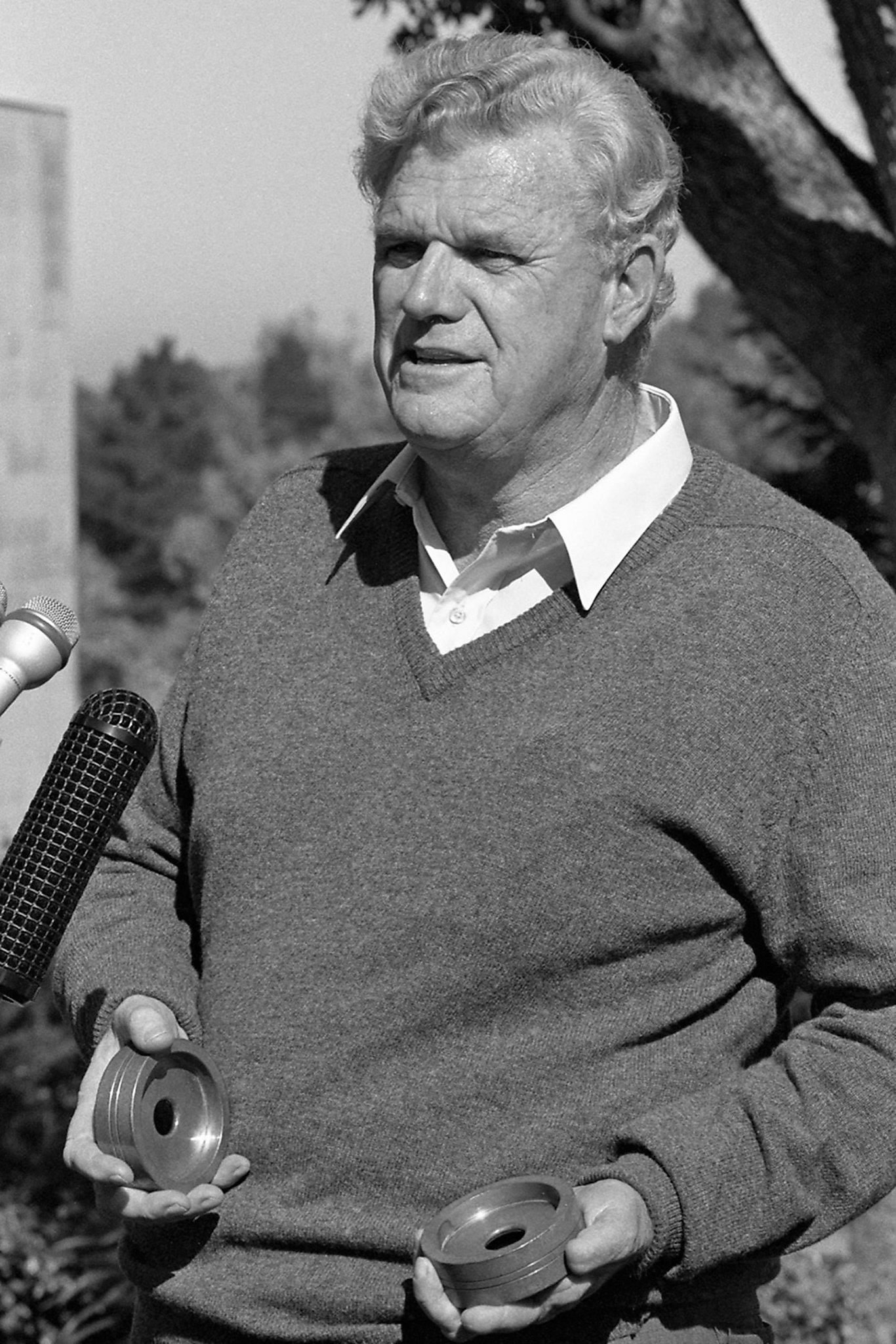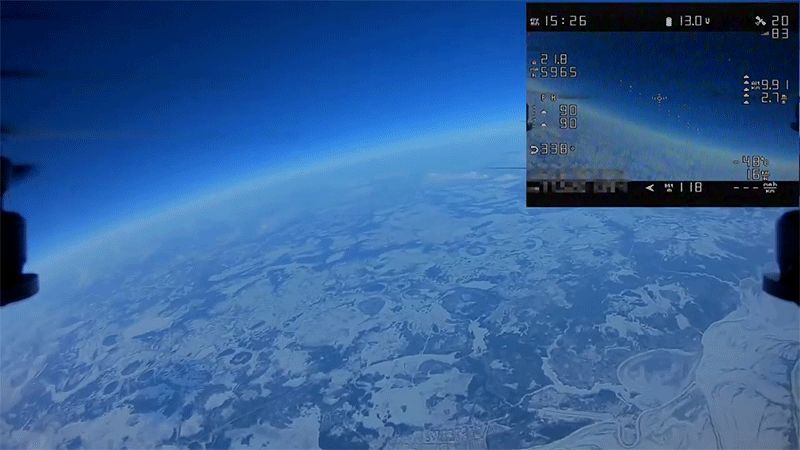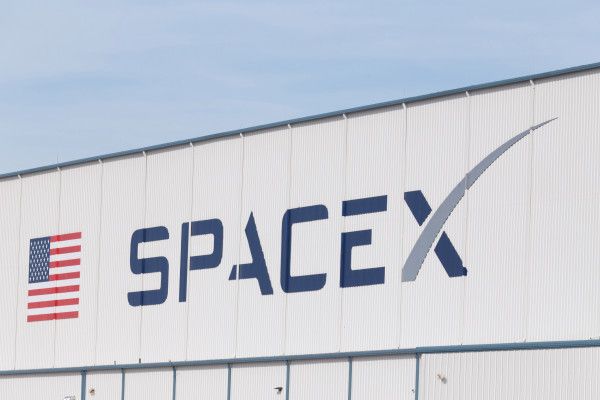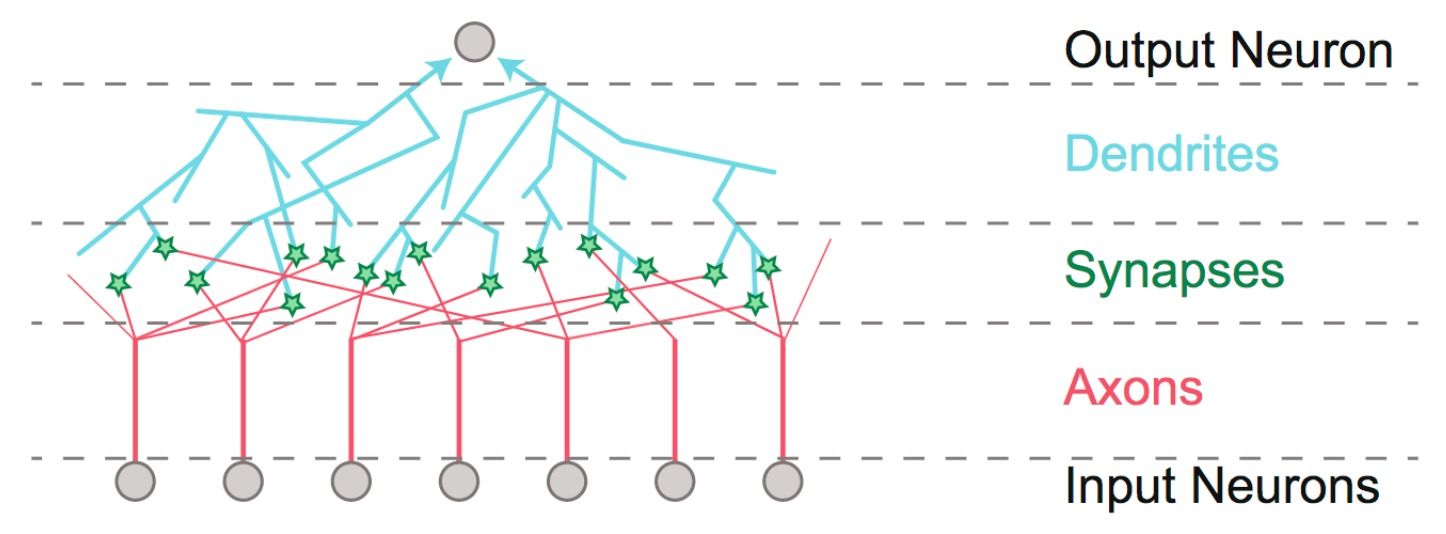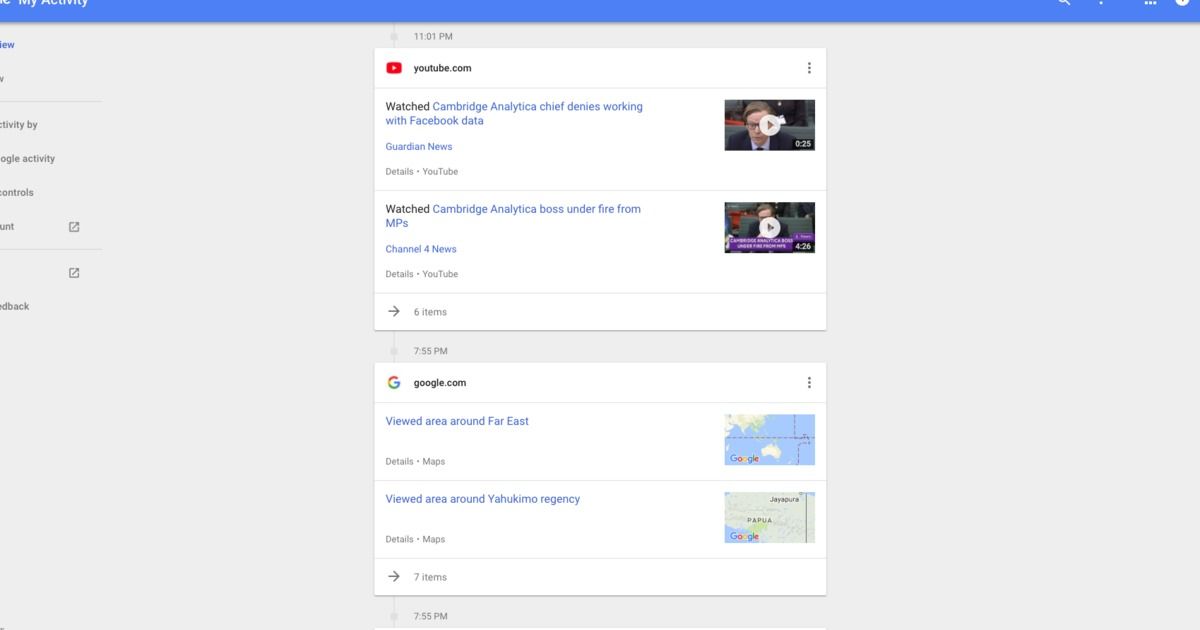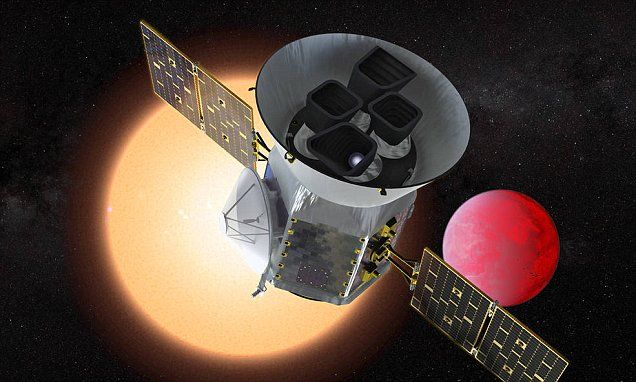Mar 29, 2018
Richard Taylor, Stanford physicist who won Nobel, dies
Posted by Genevieve Klien in category: particle physics
Shortly after learning he’d won the Nobel Prize in physics, Richard Taylor stared at his reflection in a mirror.
“Murray Gell-Mann is smart. Dick Garwin is smart,” he told himself, referring to two pioneering 20th century physicists. “You are lucky.”
The self-effacing Taylor, a Stanford University professor emeritus of physics who shared the Nobel in 1990 for his role in the discovery of quarks, died Feb. 22 at his home on the Stanford campus. He was 88.
Continue reading “Richard Taylor, Stanford physicist who won Nobel, dies” »
